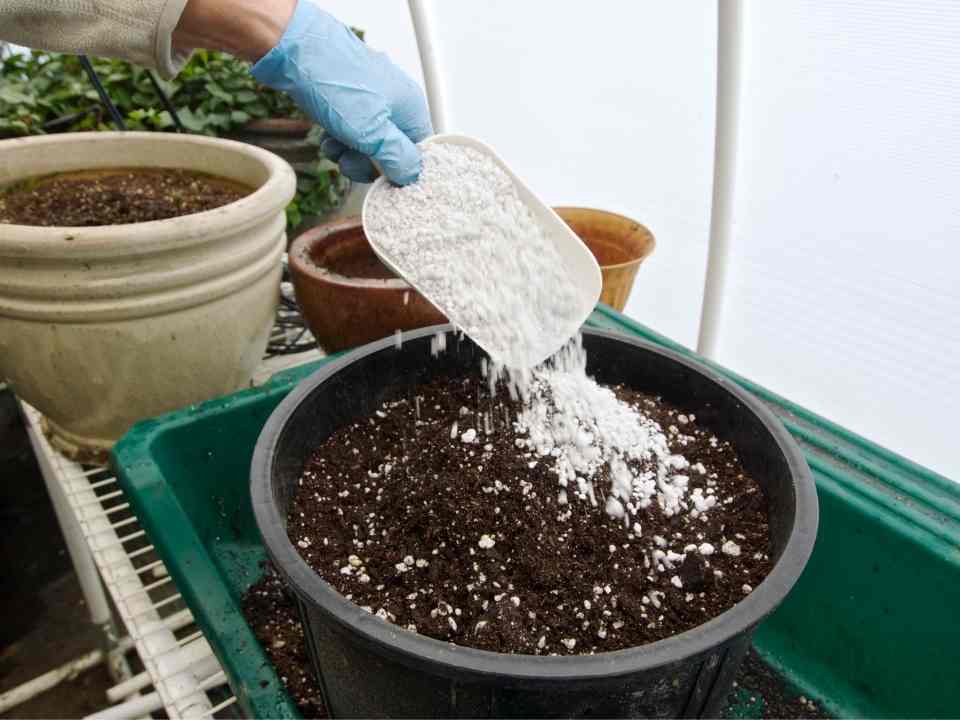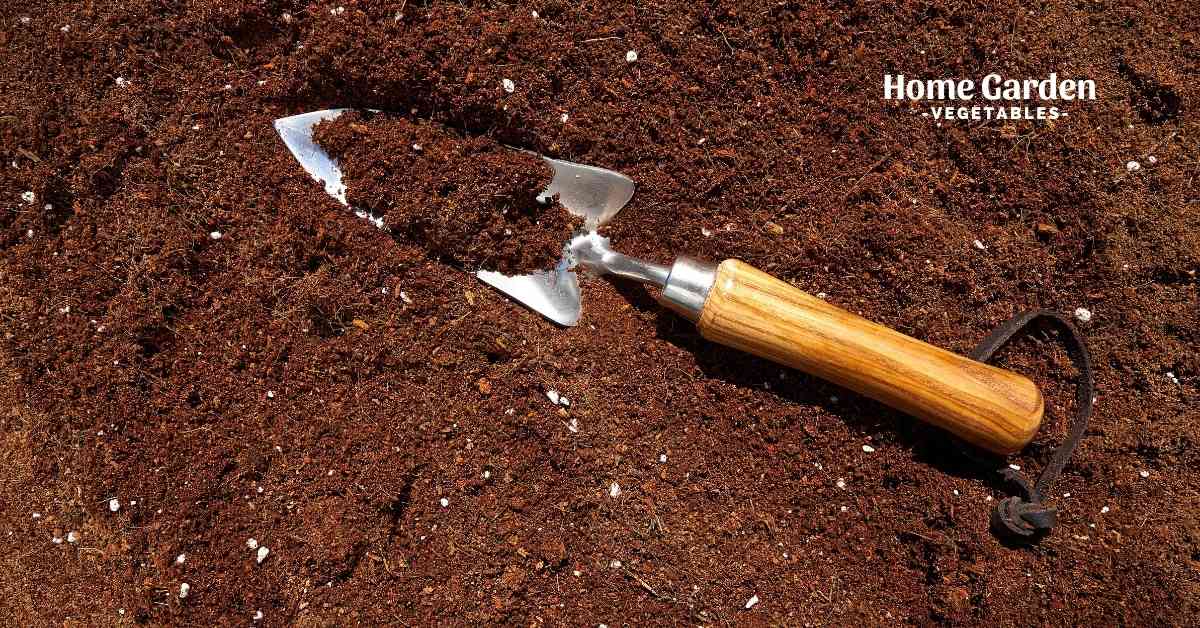Have you ever noticed those tiny white balls that look like Styrofoam in a bag of commercial potting soil? Wonder what Styrofoam has to do with plant health, right? Those tiny, white round specks are actually perlite. Perlite is an important resource for plants and offers some amazing benefits that every gardener should know about. What is perlite, how is it used and how does it help your garden? Continue reading and you’ll find out everything about perlite before you can start using it in your garden.
What Is Perlite?
Perlite is an inorganic soil additive, that can also be used as a growing medium for plants. Originally, it’s a naturally occurring volcanic glass mined in Greece, the US, Turkey, and Japan. However, mineral glass is not used in its natural form. It’s heated at a very high temperature (1600 degrees Fahrenheit) until it pops (pretty much like popcorn) and expands 13 times its original size. Once processed, perlite is extremely lightweight and is loaded with microscopic porous openings to hold air.
Reader Poll: What online courses would interest you?

Benefits Of Perlite In Gardening
Perlite is a popular soil additive and a growing medium for many hydroponic systems. It has a neutral pH, non-toxic and very porous. The porosity allows air to be trapped in tiny compartments inside perlite, making it easier for the roots to absorb air. Also, since it absorbs water through the tiny cells on the exterior of the perlite balls, it’s easier for the roots to absorb moisture. Besides all the other pros, the material is physically stable, which means that it will retain its shape and properties even when pressed between the soil layers.
What Features Does Perlite Add To The Soil?
We’ve already discussed the benefits that perlite brings to your garden. Let’s look at some of the important features that the material adds to the garden soil.
Aeration
Plant cells need oxygen. While the green parts of the plant can consume some the oxygen created during photosynthesis, the roots can’t do the same since they do not carry out photosynthesis. So where do they get their oxygen from? They recieve they’re share of oxygen from the air trapped between the soil layers.
Subscribe to our newsletter!
Absorbing oxygen from the soil is particularly difficult in hard, clayey soil since there are not enough air pockets to store air for the roots. The number of air pockets in the soil can be increased by amending it with perlite. Clayey soil particularly benefits from the addition of perlite since it makes the soil lighter, trapping more air and promoting the development of strong roots.
Drainage
It’s important for plants to have just the right amount of moisture available through the roots. Lack of water slows down growth and makes them susceptible to a range of other problems, including heat stress, nutritional imbalance, and stunted growth. At the same time, an excess of moisture results in oxygen shortage and root rot. Eventually, if the problem persists, the plant dies.
Uses of Perlite
This lightweight, porous material has several different uses. Other than gardening, it’s also used in construction and as a filter media for swimming pool filters. For gardeners, the incredible properties of perlite make it a preferred choice for plant propagation. Whether you’re growing new plants from cuttings or sowing seeds, perlite provides the ideal soil structure for root development.
Vermiculite and sand offer similar properties for plant propagation. Gardeners often amend one or more of these porous materials into the existing garden soil, together with fertilizer and organic material to prepare a healthy garden bed before planting the seeds.
It is also a suitable standalone growing medium in many varieties of hydroponic setups. However, in deep water culture and ebb and flow systems, a 1:1 mixture of perlite and vermiculite is used. It stimulates root growth and prevents waterlogging.
How To Use Perlite In Your Garden
As An Additive To Potting Mixes
Homemade potting mixes can benefit from the improved drainage and aeration offered by perlite. Mix equal amounts of loam, peat moss, and perlite to create your own specialized soil mix, perfect for container plants.
Seed Sowing
Perlite is excellent for seed sowing. Since it’s light, it makes it easier for the seeds to germinate and the young seedlings to take develop healthy roots. Mix perlite with an equal amount of compost to fill in the seedling tray before sowing the seeds. The seeds that need light to germinate can benefit from a fine layer of perlite on top since it allows light to pass through while keeping the seeds moist through germination.
Wicking Agent
Sprinkling a layer of perlite on the soil around the plants to improve the absorption of water by the roots. Over time, perlite will incorporate into the soil layers, improving drainage of the area.
Rooting Cuttings
Since perlite promotes healthy roots, gardeners often place cuttings in Ziploc bags filled to one-third the capacity with moistened perlite and the rest with air. The sealed bag is placed in indirect sunlight for two to three weeks to allow root growth before planting the cuttings in the soil.
Conclusion
Now that you know what perlite is, bring it to good use to start a healthy garden. Though it does not bring nutritional value to the soil, it is of prime importance in applications where you need to improve the soil structure. Perlite aerates the soil, improves water retention, and allows excess water to drain freely without waterlogging the garden bed. Overall, you’ll notice a significant improvement in your garden once you introduce perlite to the soil.

